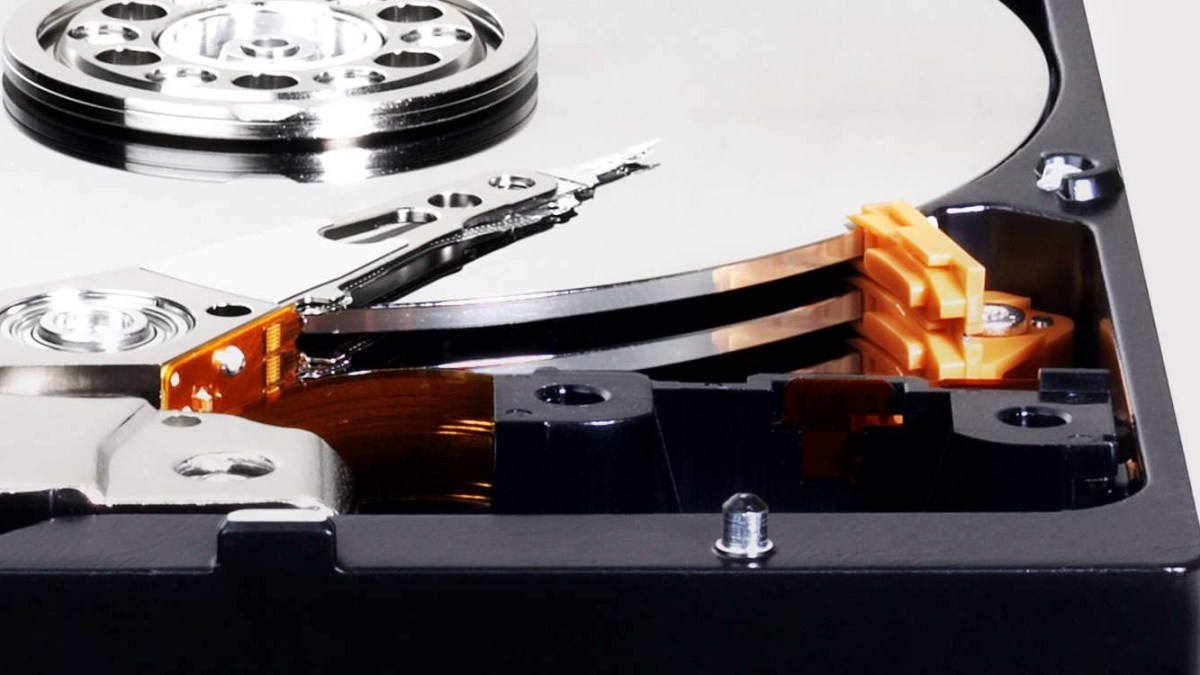While all PCs come with internal storage, such as hard disk drives (HDDs) or solid-state drives (SSDs), they have limited space which can eventually run out. Media files, game installations, and even Windows updates keep increasing in size and take up valuable storage space. Sometimes users don’t realize that temporary internet files and deleted information still in the recycle bin also take up space.
If users continue adding more data without deleting unnecessary files, there’s a chance the space will run out, and they’ll get a Low Disk Space error. This error is generated when the C drive is running out of space. If the C drive runs out of space, Windows won’t be able to update, and users won’t be able to add more information or install new programs on it. There might also be some performance issues with the PC.
There are many easy ways to clean up the drive to free up space so the PC can run at its optimal performance. Removing unnecessary files or programs can also reduce clutter and make navigation easier.
This is how to fix the Low Disk Space error on PC.
Drive cleanup tool
The drive cleanup tool is one of the easiest and most convenient ways to free up some space.
- To open the drive cleanup tool, navigate to File Explorer and select This PC.
- It will open up a window with all the devices and drives listed, and it will also display the amount of free and used space each one has.
- Right-click on the drive that needs cleaning up, then scroll down and click on Properties.
- A window will open, showing the drive status and some option tabs.
- Click on the Disk Cleanup tab to open the utility.
- A window will open, showing a list of files that will be removed when the utility runs. Users can select which files they want to be deleted by ticking the checkboxes.
- It’s also possible to delete old Windows updates by clicking on the Clean up system files tab.
- Click on the OK button to remove the unnecessary files.
- The tool may take a few minutes to run as it deletes files.
Removing unwanted programs
It’s very common for users to install games and other applications and then forget about them when they’re no longer used. Game installations generally take up lots of space, and removing old games that are no longer played can significantly impact freeing up disk space.
- Type “apps” in the search bar, and it will display the Apps and features utility.
- Click on Apps and features to open it.
- A window will open displaying a list of installed applications and the amount of disk space they use.
- Select the app you want to delete, and a tab with an uninstall option will open up.
- Click on Uninstall to remove the app.
- A warning will usually pop up with a warning saying, “This app and all related info will be deleted.”
- Click on Uninstall again to remove the app.
- Repeat these steps to remove additional apps.
Some apps may require the PC to restart to be fully removed.
Copying information to an external storage device
Videos, photos, and other media files are notorious for using up valuable disk space. While the individual files aren’t too big, files stack up over time and take up space. By default, Windows also stores all downloaded files in the Downloads folder, and it can get bloated if the unnecessary files aren’t cleaned out regularly. Transferring the files that aren’t needed is an easy way to free up space, and they can always be accessed later.
- Plug in an external HDD, SDD, or memory stick.
- Create folders on the drive corresponding to the data to be transferred.
- Some examples are Downloads, Documents, and Pictures.
- Navigate to the folders you want to clear up on the local drive by opening explorer. A Window will open showing all the folders.
- Select a folder with the files you want to transfer.
- Users can select files individually, or users can highlight multiple files to move.
- Once the files for transfer are selected, right-click on them, and click on Copy.
- Navigate to the folder on the external drive, right-click, and then click on Paste.
- The files will transfer across to the new device, but the originals will remain in their old location on the PC.
- Ensure all the files have been copied across before deleting the original files on the PC.
- Don’t forget to empty the recycle bin to delete the files from the drive permanently.

